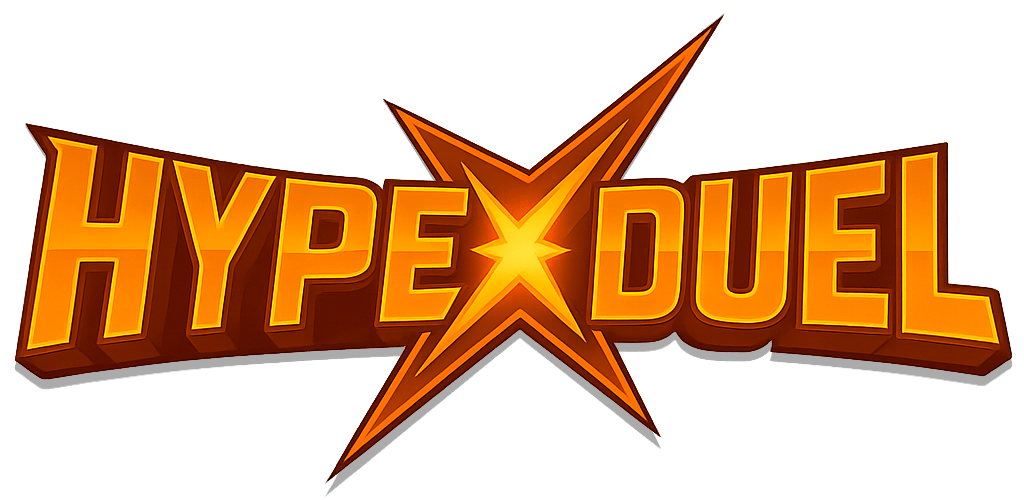What is the Bonding Phase?
The bonding phase is the initial trading period where tokens are bought and sold directly from a smart contract using an algorithmic pricing curve. Think of it as a decentralized pre-sale with automatic market making.How Bonding Works
The Bonding Curve Mechanism
During bonding, the contract acts as the sole market maker:- No Order Book: Prices determined algorithmically
- Instant Liquidity: Always able to buy or sell
- Path Independence: Price depends only on supply, not history
- Automatic Pricing: No manual price setting needed
Trading Operations
Buying Tokens
- How It Works
- Parameters
- Edge Cases
Process Flow:
- User sends trading token (B3/ETH) to contract
- Contract calculates tokens based on curve
- 5% fee deducted and sent to recipient
- Tokens minted and sent to buyer
- Curve state updated
Selling Tokens
- How It Works
- Parameters
- Price Impact
Process Flow:
- User approves token spending
- User calls sell with token amount
- Contract calculates trading token amount based on curve
- 5% fee deducted from proceeds
- Trading token sent to seller, tokens burned
- Curve state updated (price decreases)
Fee Structure
How Fees Work
Buy Fees
Buy Fees
On a 1 trading token purchase:
- 0.95 trading tokens go to bonding curve
- 0.05 trading tokens go to fee recipient
- Tokens calculated on 0.95 trading token value
Sell Fees
Sell Fees
On selling for 1 trading token value:
- User receives 0.95 trading tokens
- 0.05 trading tokens go to fee recipient
- Curve reduced by full 1 trading token
Fee Distribution
Fee Distribution
Where fees go:
- 100% to designated
feeRecipientaddress - Can be project treasury, developer, or DAO
- Set at token creation, cannot be changed
- Automatic - no claiming needed
- Sent directly on each trade
- No accumulation in contract
Fee Economics
| Daily Volume | Fee Income | Monthly Income |
|---|---|---|
| 10 trading tokens | 0.5 trading tokens | ~15 trading tokens |
| 50 trading tokens | 2.5 trading tokens | ~75 trading tokens |
| 100 trading tokens | 5 trading tokens | ~150 trading tokens |
| 500 trading tokens | 25 trading tokens | ~750 trading tokens |
Target Mechanics
Understanding the Target
The target is the amount of trading token that must be accumulated before migration:Target Purpose:
- Ensures sufficient liquidity for Uniswap v4
- Creates a clear goal for the community
- Prevents premature migration
- Builds momentum during bonding
Approaching the Target
Overflow Handling
When a purchase would exceed the target:- Partial Fill: Only the amount needed is accepted
- Automatic Refund: Excess returned in same transaction
- Fair Completion: No one can overpay at the end
Events & Monitoring
Contract Events
- Buy Event
- Sell Event
Real-Time Monitoring
Bonding Phase Strategies
For Token Creators
Build Momentum
- Start with lower aggressiveness (30-50)
- Set achievable targets
- Engage community early
- Provide clear roadmap
Maximize Success
- Seed initial liquidity yourself
- Create buying incentives
- Time announcements well
- Plan for post-migration
For Traders
Entry Strategy
- Buy early for best prices
- Use DCA for large amounts
- Monitor aggressiveness factor
- Check target progress
Risk Management
- Always use slippage protection
- Understand price impact
- Don’t FOMO near target
- Plan exit strategy

 BSMNT.fun
BSMNT.fun HypeDuel
HypeDuel AnySpend SDK
AnySpend SDK